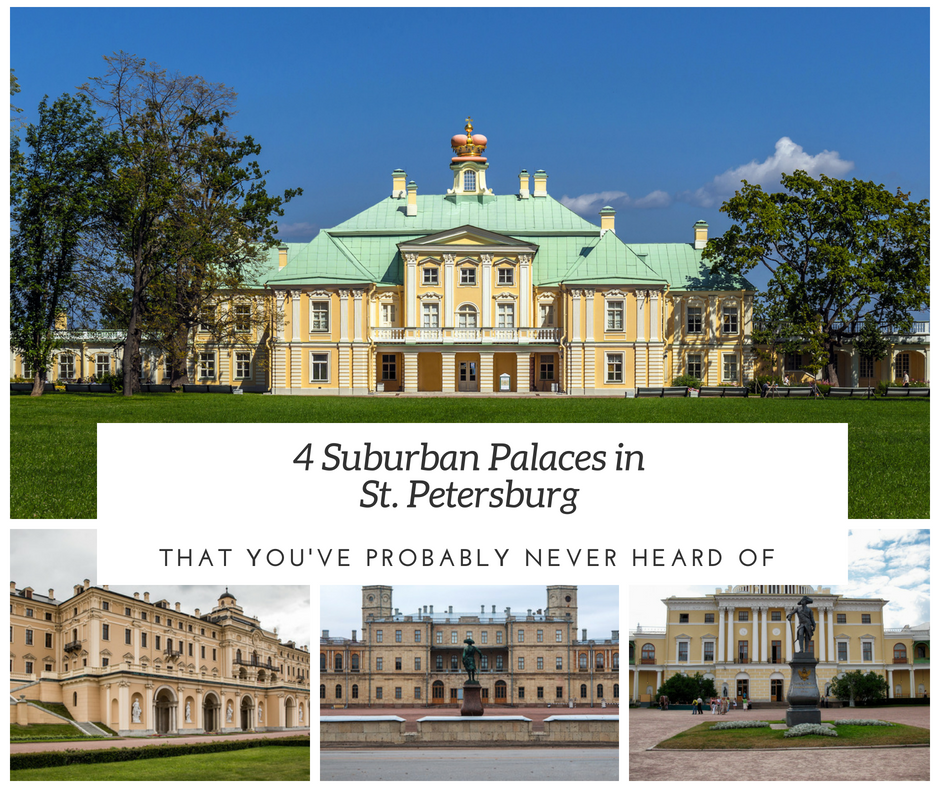
I’m sure you’ve all heard of Peterhof and Catherine’s Palace (aka Tsarskoe Selo), but do you know about St. Petersburg’s suburban palaces that the tourists don’t go to? Escape the hustle and bustle of the city, breathe in the fresh country air, have a picnic and experience another beautiful Russian palace and park with no long lines and crowds!
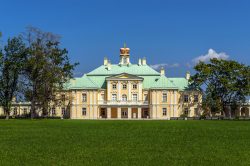 It may surprise you to find out that this was the first palace built in the suburbs. That’s right – even before Peterhof, there was Oranienbaum! In 1707,
It may surprise you to find out that this was the first palace built in the suburbs. That’s right – even before Peterhof, there was Oranienbaum! In 1707,
Peter the Great gave this seaside territory to his best friend, right-hand man and partner in crime, Menshikov. While Peter didn’t have a flare for the luxurious, Menshikov did! His place was usually the place to be.
This palace has passed through many hands so to speak. After Peter’s death, Menshikov was exiled and the palace was eventually passed on to Peter III, who was killed in a coup d’etat. Then Catherine the Great made this one of her countryside homes. Two of the city’s best architects, Rastrelli and Rinaldi, have worked on the palace and made it breathtakingly beautiful.
This is one of the few original palaces that wasn’t destroyed by the Germans.
How to get there:
The easiest way to get there is by train from the
Address: 46 Dvortsovy Prospect, Lomonosov
Peter planned to make this his summer house residen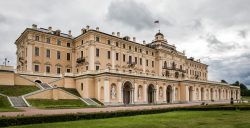 ce when en-route to Kronstadt which he visited frequently at the time. Strelna was to be his ‘Versailles’. He hired Jean Baptiste Le Blond, who had previously worked alongside the lead landscape architect of Versailles (Andre Le Notre), to design and build it his fountain paradise. Plans for the fountains went under water. The foundation wasn’t strong enough to handle the fountains, so Strelna was abandoned and Peter moved on to building his beloved Peterhof.
ce when en-route to Kronstadt which he visited frequently at the time. Strelna was to be his ‘Versailles’. He hired Jean Baptiste Le Blond, who had previously worked alongside the lead landscape architect of Versailles (Andre Le Notre), to design and build it his fountain paradise. Plans for the fountains went under water. The foundation wasn’t strong enough to handle the fountains, so Strelna was abandoned and Peter moved on to building his beloved Peterhof.
Peter’s palace there was preserved. Even the Nazis preserved it. The territory passed on to Grand Duke Konstantine Pavlovich and it remained in his line until the revolution in 1917. During WWII, Strelna was used as a naval base. The Germans destroyed Konstantine’s palace after they evacuated and only the walls were left standing.
In 2001, Strelna restoration began and Putin now uses it as a presidential residence when he’s in town. Several rooms of the palace are dedicated to the former Grand Duke, Konstantin Romanov.
How to get there:
Take the train from the Noviy (New) Peterhof or Oranienbaum Stations. Once in Noviy (New) Peterhof, take buses № 344, №348, №350, №351, №352, №355, №356
Address: 19 Portovaya St., Corpus 1, Strelna
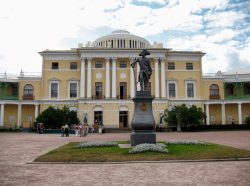 In the 18th c, Catherine gave Paul I a big chunk of land to build a palace on, 4km away from her Tsarskoe Selo. She even loaned him her architect. Wanting nothing that resembled his mother’s palace, Paul and the architect butted heads and parted ways. He hired another architect to finish out the project.
In the 18th c, Catherine gave Paul I a big chunk of land to build a palace on, 4km away from her Tsarskoe Selo. She even loaned him her architect. Wanting nothing that resembled his mother’s palace, Paul and the architect butted heads and parted ways. He hired another architect to finish out the project.
When Paul died, his wife turned the house into a memorial to him and she lived there until her death. She passed the house along with one condition, the furniture had to stay there. As the palace passed on to the soviet government, Maria’s wish was safe guarded and the furniture was preserved. During WWII, it was packed up and shipped out before the Germans arrived.They took whatever treasures they could find and left Pavlovsk in ashes. The Soviets started to repair it as soon as the war was over.
How to get there:
Go from the newly remodled Vitebsky Railway Station near Pushkinskaya to the Pavlovsk station.
From the Pavlovsk station, take the bus to the Pavlovsk State Museum:
Address: 20 Sadovaya St., Pavlovsk
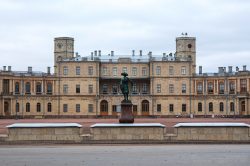
Catherine had this palace built for her boyfriend at the time, Grigory Orlov. It was a gift to him for his role in overthrowing the emperor, her former husband.
In 1766, she purchased the manor from a noble and brought on one of her favorite architects, Antonio Rinaldi, to give the manor a massive upgrade.
After Orlov’s death, she bought it back from his relatives and presented it to her son (Paul). By that time, she’d already given him Pavlovsk and he was investing his time and money into building a palace there, so he decided to build up the surrounding area near Gatchina and create a town around the palace. When Catherine died, Paul gave Gatchina the status of Imperial City.
It later became a safe haven for Alexander III and his family after the brutal murder of his father. Advisors thought they’d be safer here. During WWII, it was also occupied by the Germans and left burning when they retreated. Now it’s back to its status as palace/museum and you can visit it and the beautiful park nearby.
How to get there:
It’s a straight shot from the Baltiysky railway station to the Gatchina station.
Address: 1 Krasnoarmeysky Pr., Gatchina
Keep reading about more of St. Petersburg’s suburban palaces and getaways for the weekend here and follow our blog for more insight on life in Russia.

Students will be happy to learn that the Russian Government has today announced plans to make Russian language easier in an effort to simplify greater international engagement. …

In a previous post, we revealed that Russians don't really say “na zdarovje” when they toast. While the phrase has been popularised in English language media – and a lot of Russians will nod politely and clink glasses with you if you use it – it’s not something a native speaker would ever…
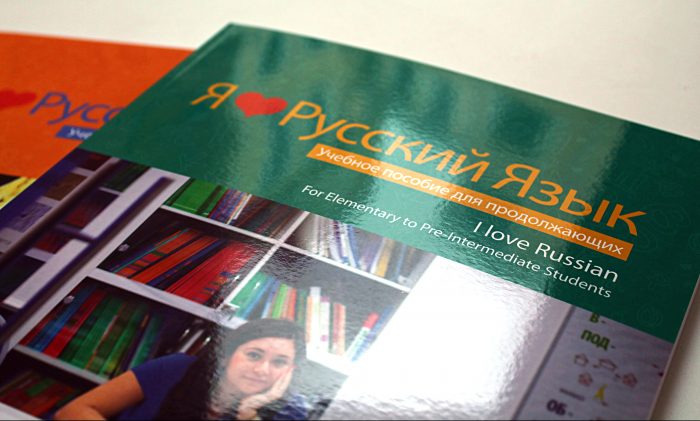
Improve your Russian while working as an expat? Mission possible! …
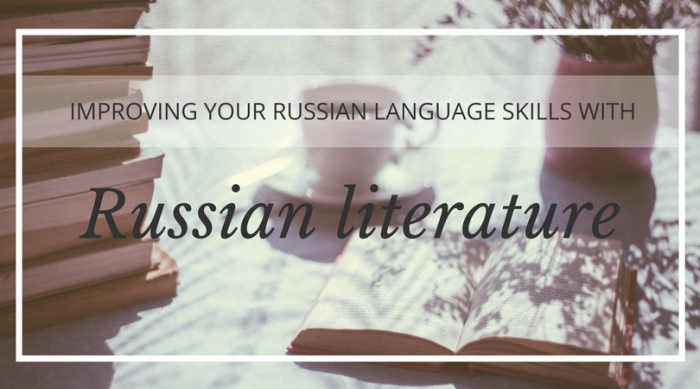
What could be a better way for Russian immersion than reading, especially when you read the books that you find interesting and that can give you a better idea of the culture of Russia? Co-founder of Liden & Denz, Walter Denz shares his experience on how reading Russian literature can improve your…
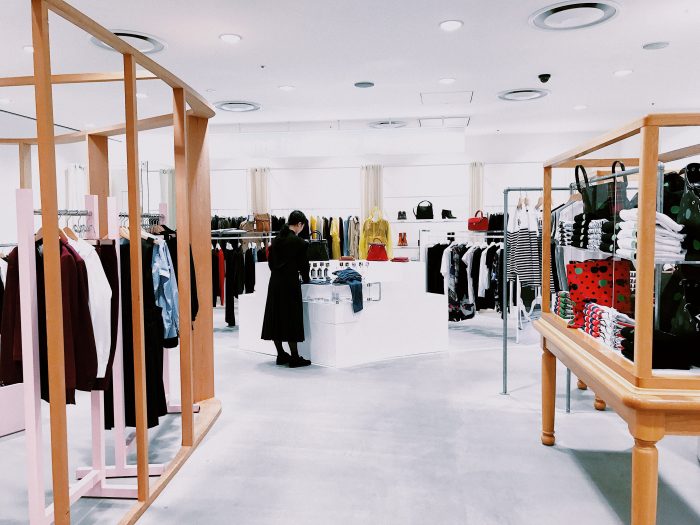
When people think about fashion I would bet they associated with places like Paris, Milan or New York. It’s undeniable that fashion is a big thing in those places. A place to visit by any fashionista. Nonetheless, there are many talented designers in Russia worth discovering. If you are passionate…
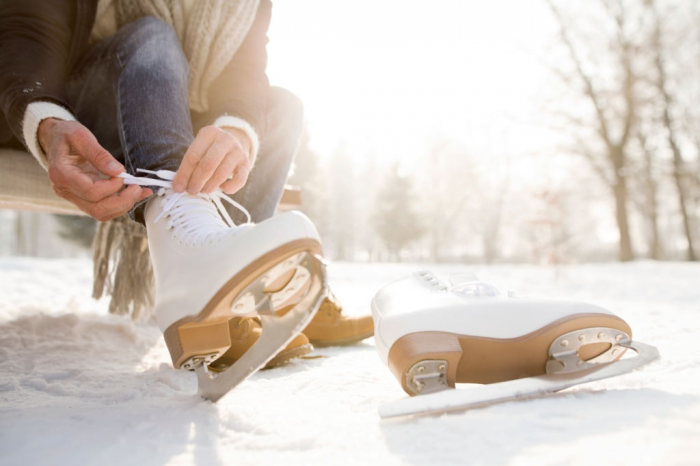
If you are afraid winter in Russia would be too much to stand – only four hours of daylight, temperature reaching -30 degrees Celsius, slippery snow everywhere – just keep in mind that, despite the minuses, there are countless things you could do in winter here. Ice skating being one of the most…
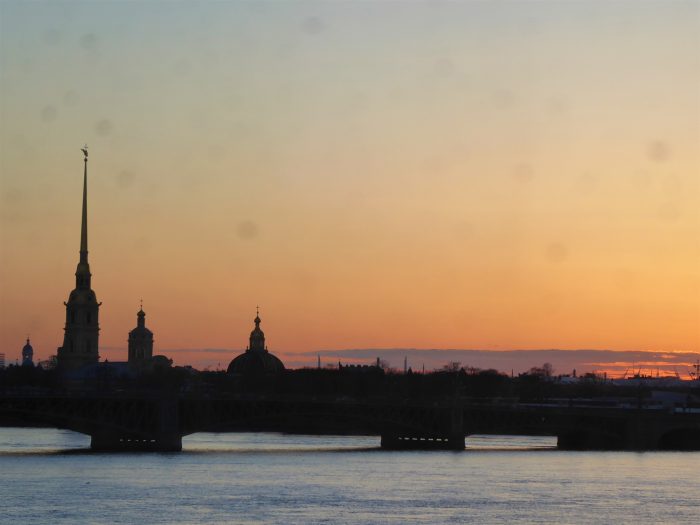
You may have noticed that Russians are highly superstitious people, and incorporate little rituals into everyday life to influence their fate. One common ritual is «загадать желание» (to make a wish). And what better place to do this than in St Petersburg, a city of magical beauty,…